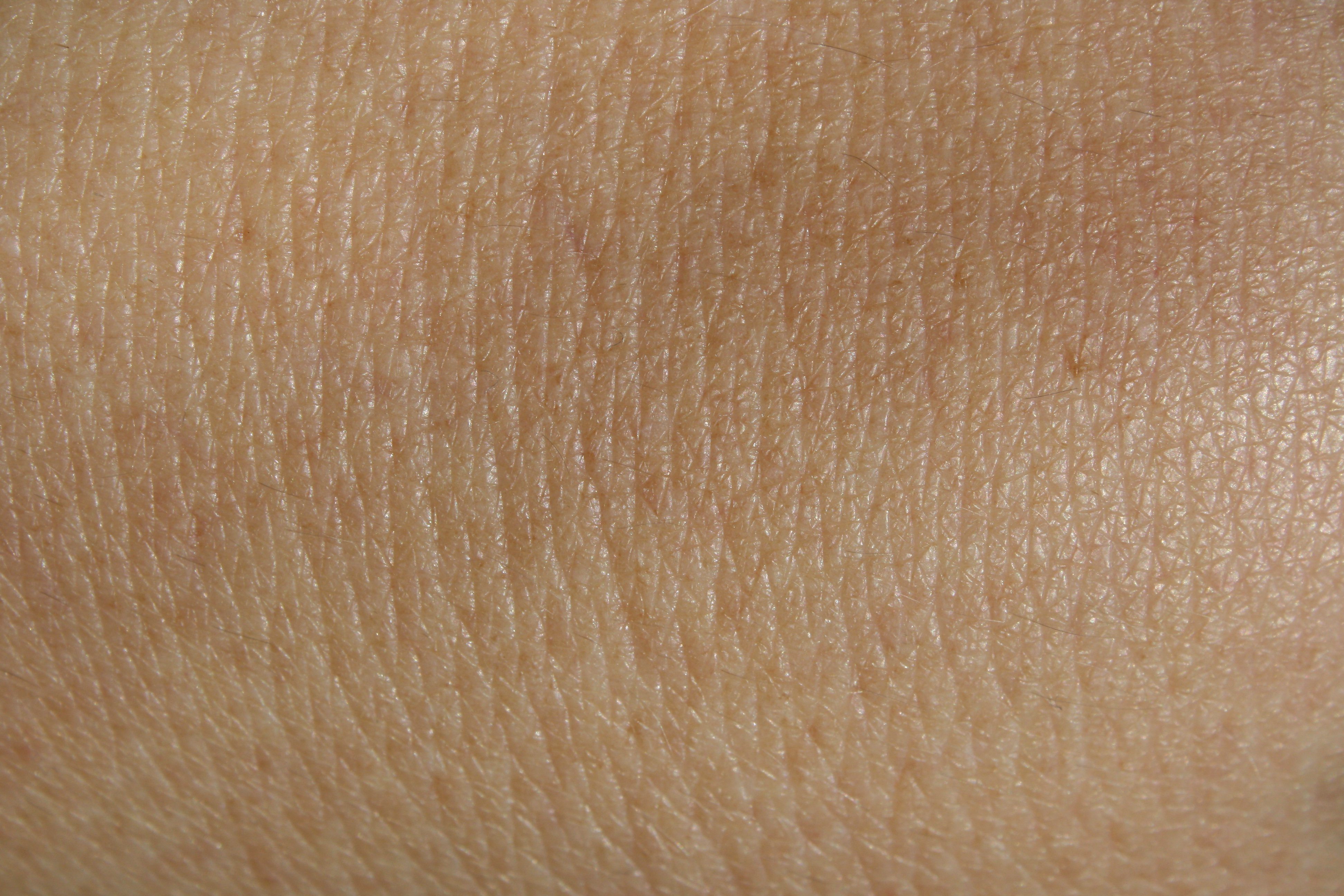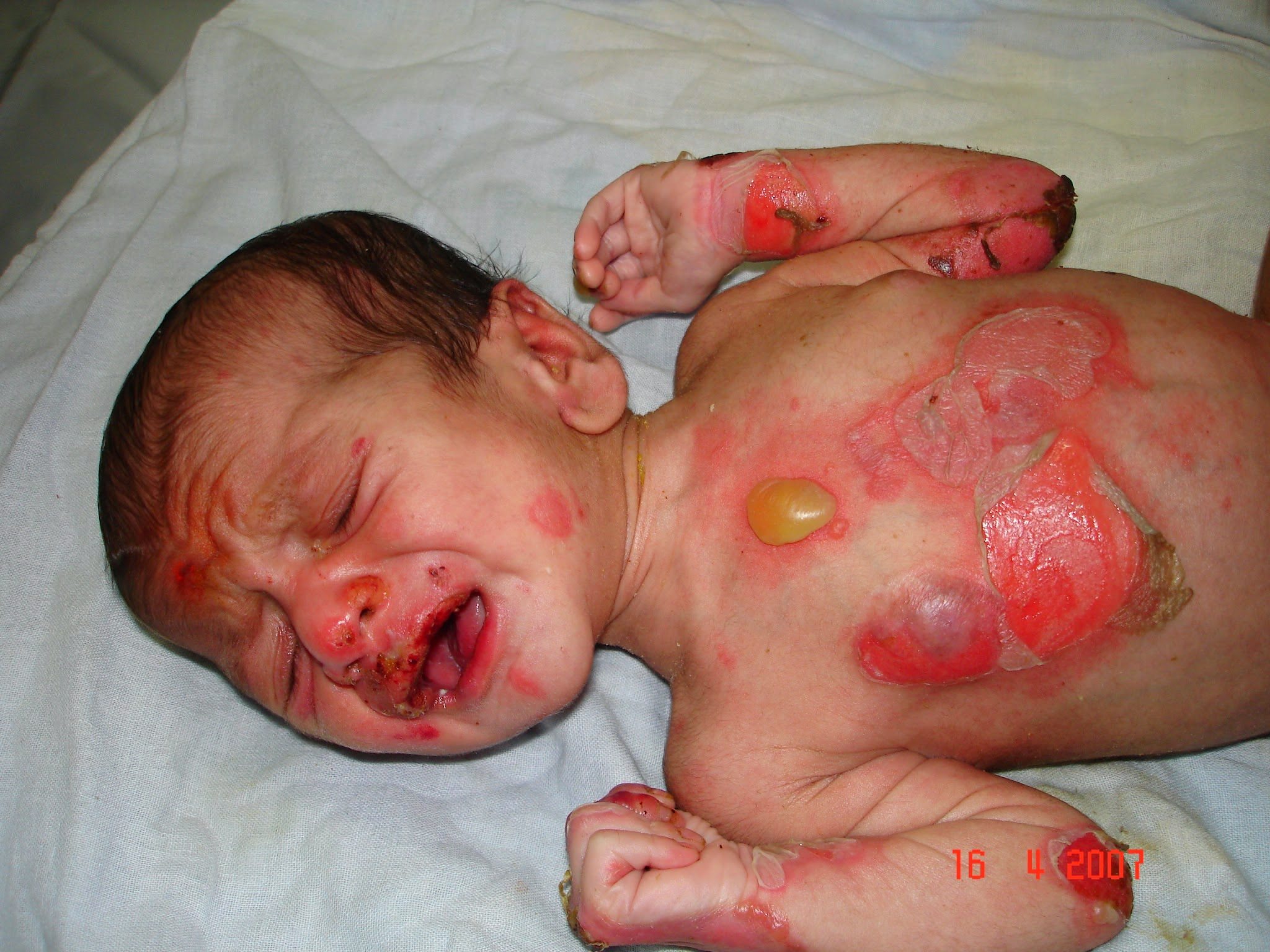Scientists Give Boy Suffering From JEB Entirely New Skin – Gene Therapy
In 2015, Hassan, a young boy with a rare genetic disease called junctional epidermolysis bullosa (JEB) that had produced blisters and open wounds all over his body arrived at the Burn Center in Germany.
He had already lost 60 percent of his epidermis and was being treated around the clock with morphine; a staph infection had driven him to the verge of death.
That summer, he quickly deteriorated and lost another 20% of his skin. His doctors considered him an ideal candidate for end-of-life care, and he was on a chronic morphine drip to manage his pain.
The surgical team quickly exhausted conventional skin graft techniques — skin from the boy’s father was rejected — and were ready to give up when they came upon an experimental gene therapy in Italy.
When his doctors considered him an ideal candidate for end-of-life care, and he was on a chronic morphine drip to manage his pain, a team led by scientists at Ruhr University and the University of Modena in Italy decided to try a radically experimental treatment as a last-ditch effort to save the patient.
What follows is a tale
of wonder, relief, and euphoria.First defined in the 1920s and 1930s, epidermolysis bullosa is a disease best known by its gruesome blisters.
Junctional epidermolysis bullosa is the sort of rare disease you are probably lucky to have never heard of. An often lethal genetic condition, from infancy, it plagues its victim with painful blisters all over the body that causes the skin to become extremely fragile.
The doctors took a small sample of skin from one of the few places on the boy’s body where it was not flaming red or flaking off and sent it to De Luca. His team at the center used a virus to insert into the skin cells a correct copy of a gene called LAMB3; the boy’s own defective copy had caused his epidermolysis bullosa. De Luca and his colleagues grew the skin cells over scaffolds in their lab to form large sheets, the way doctors often do for burn patients.
In two surgeries in October and November 2015, the Italian and German teams covered the boy’s limbs, sides and back with these sheets of fresh skin.
After being too sick even to get out of bed before his surgeries, “he was standing up already by Christmas,” De Luca says. In January 2016 the boy, received a few more skin patches—and in February he was released from the University Hospitals of the Ruhr University Bochum in Germany.
Almost two years later, the young boy has made essentially a complete recovery. Because the grafts were modified versions of his own skin, his immune system won’t fight them off. Additionally, because the team modified stem cells—which are essentially the starter-cells that create every type of other cells—his new skin grows and replaces itself just like it does in healthy patients. Although the team will continue to monitor his health over the years, it seems that his JEB has been cured.

It’s unclear how long the boy’s skin will remain healthy, meaning he’ll need to go through additional examinations as he gets older. Regardless, De Luca’s success may pave the way for others to look into similar treatments and ways to create a modified skin.
De Luca says more research must be conducted to see if the methods could be applied beyond this specific genetic disease. His group is currently running a pair of clinical trials in Austria using genetically modified skin stem cells to treat another 12 patients with two different kinds of epidermolysis bullosa, including JEB.
This type of therapy is still highly experimental. The research team had to receive approvals from multiple medical ethics boards before moving forward with this patient, and part of the reason that they rushed this surgery forward was that it was the last line of possible treatment for the boy in question.

























